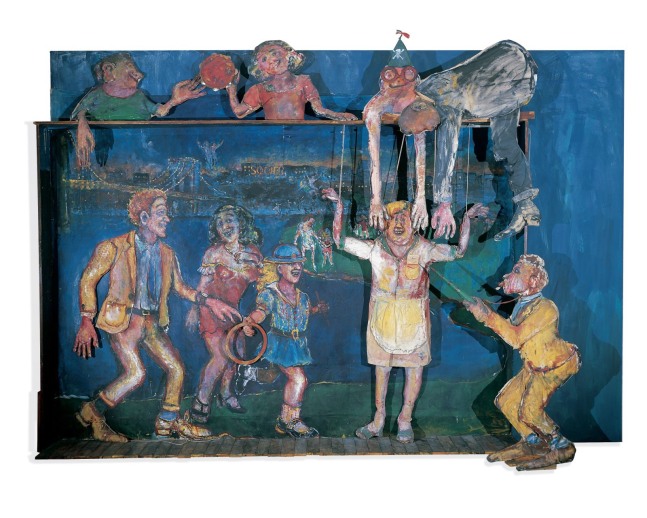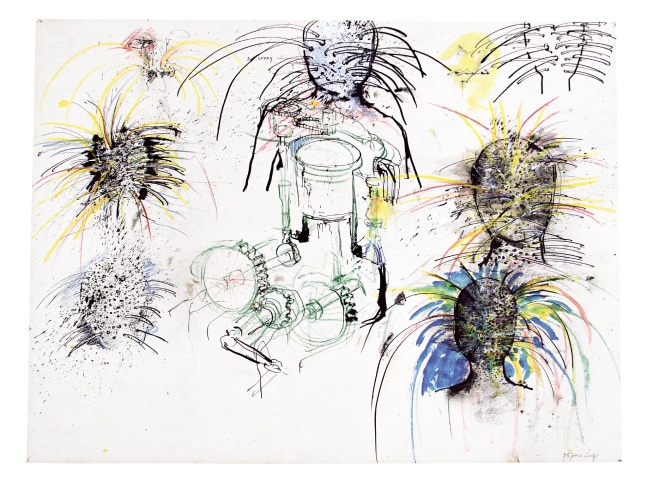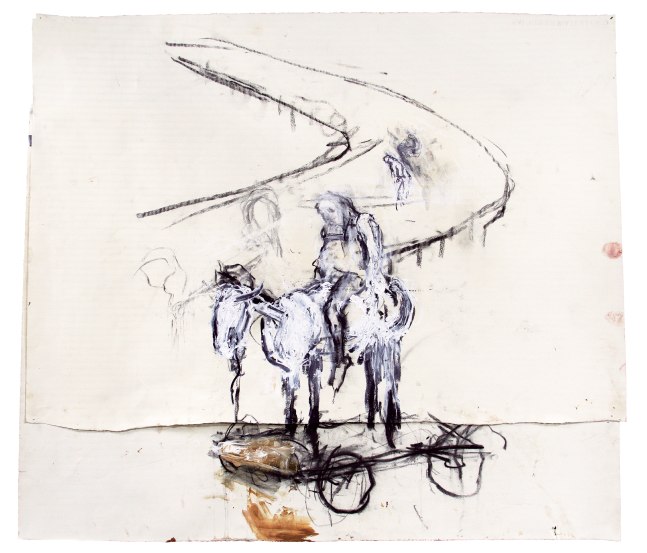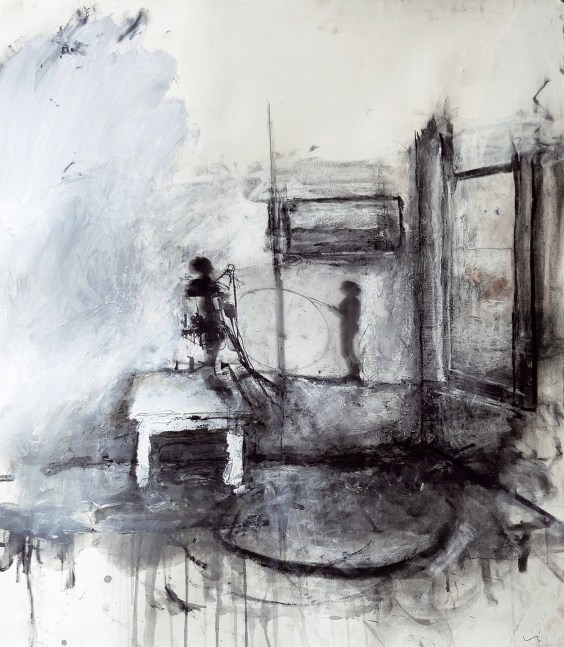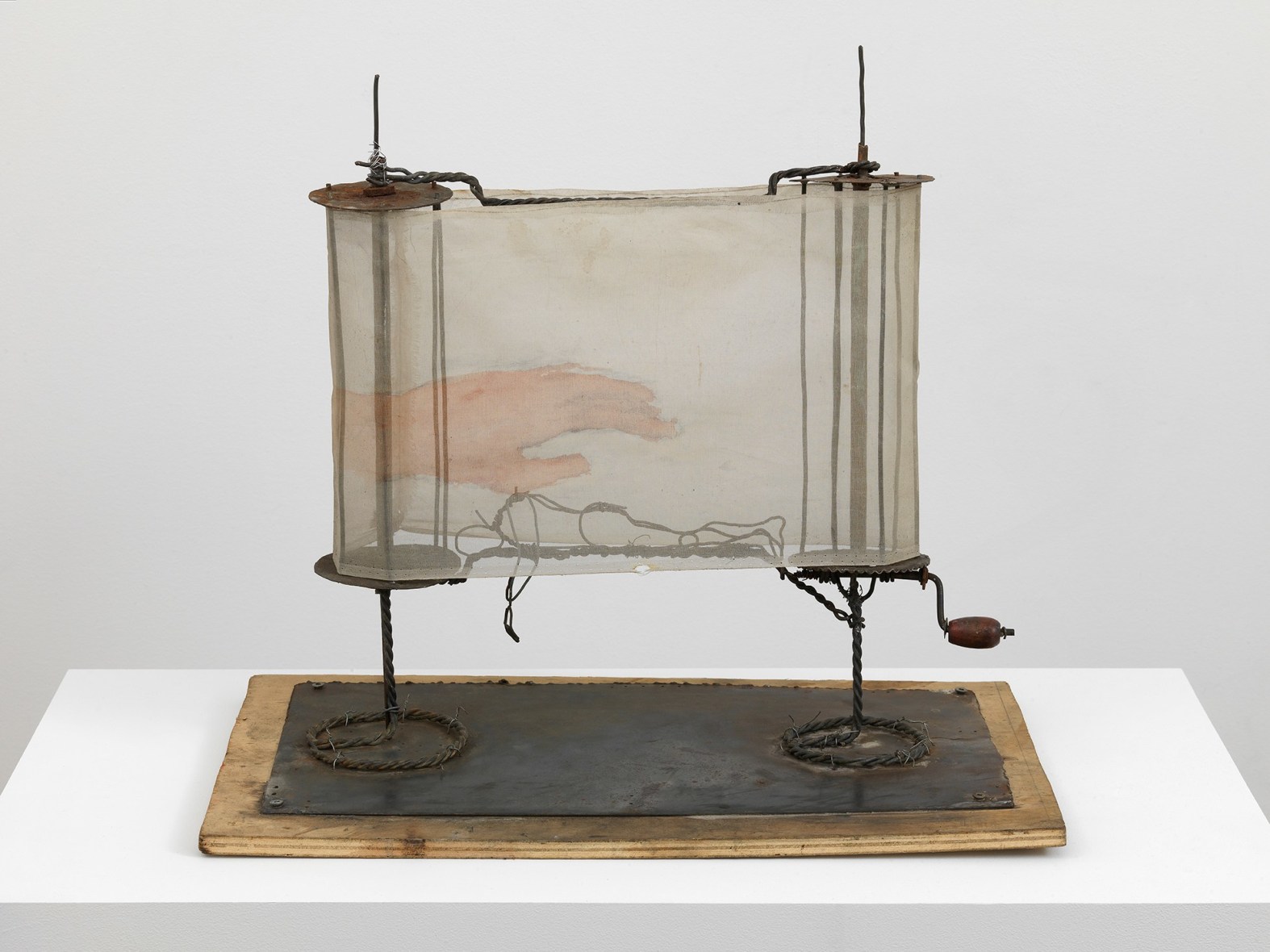
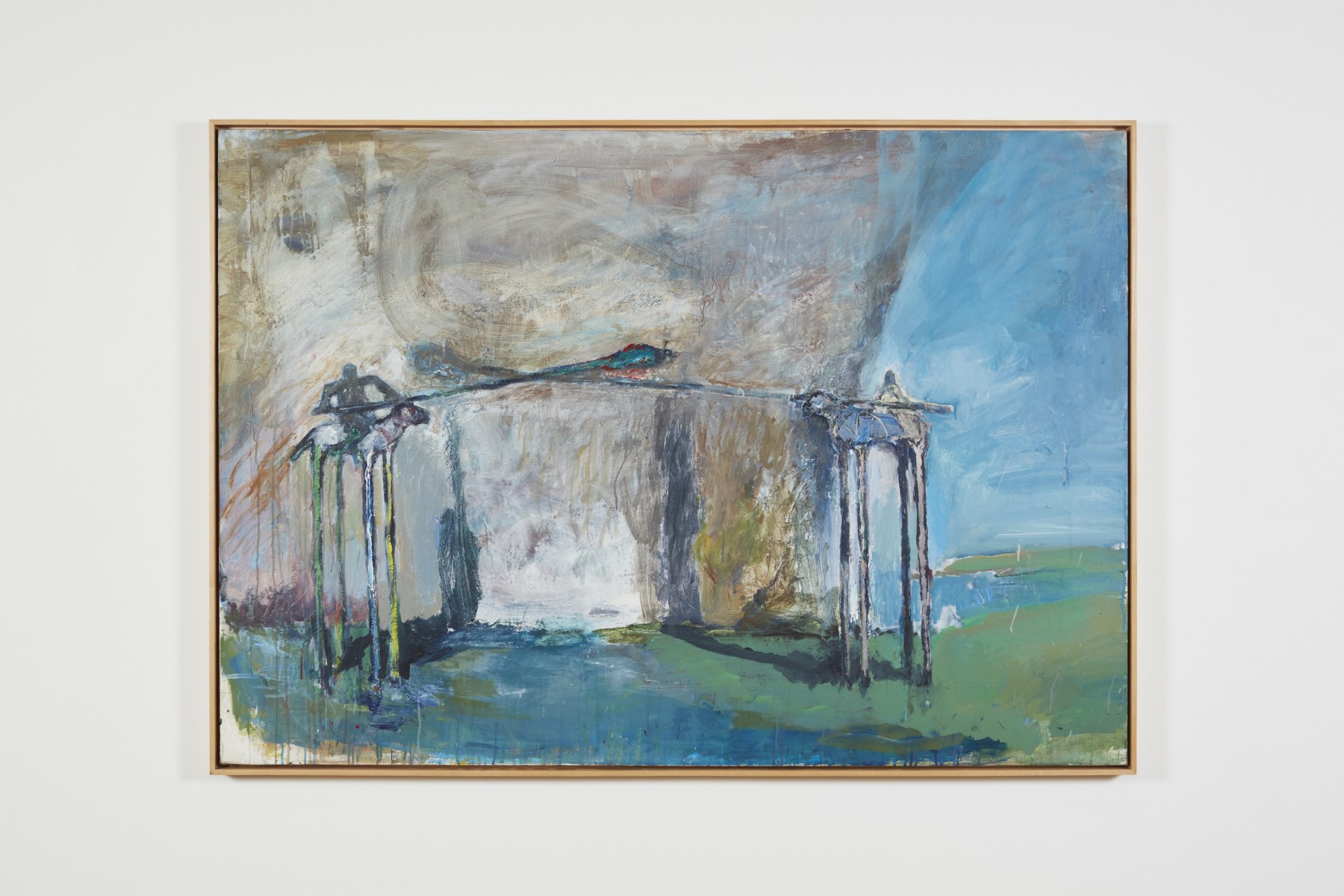
In a career that spans over seven decades, June Leaf has developed a singular cosmology of characters and signs that exists fluidly across painting, drawing, assemblage and kinetic sculpture. Creating scenographies that resemble plays within plays, Leaf often incorporates representations of the artist in her studio, figures part animal or machine, and actors who make direct addresses to their viewers in an exploration of agency, the artistic process, and the human condition. Working from nature, personal experience, and art historical lineages, Leaf creates storylines that humorously probe at rationalistic impulses, representations of gender, and modern-day mythology.
Leaf’s expansive career begins in postwar Chicago. Grouped alongside members of the informal Monster Roster group, including Leon Golub, Nancy Spero, and Seymour Rosofsky, Leaf’s early work finds her developing primitive, stylized iconographies of “women” in a distinctly graphic style. Simultaneously honing her draftsmanship through naturalistic figure studies, Leaf’s work moved towards an expressionist figuration in the 1960s. Her first solo show in New York––Street Dreams at Allen Frumkin Gallery––brought forth carnivalesque miniatures, mechanized sets, and figures seemingly controlled by marionette strings. Informed by the theater of New York City, her quick but precise line mapped a kind of performance of the everyday, with her ceaseless productivity across mediums matching the freneticism of the city.
In 1973, Leaf established a remote studio in Mabou, Cape Breton, Nova Scotia alongside the home she lived in with her husband, the late photographer Robert Frank. There, Leaf’s practice once again went through a transformation, moving increasingly towards kinetic and provisional sculptures informed by an interest in mechanics and the cyborgian body. Moving between the urban and rural, Leaf’s subject matter became increasingly introspective and self reflexive, with avatars representing the artist herself appearing in the work, often in the process of creation. Both allegorical and anecdotal, Leaf creates narratives that draw on the world around her while simultaneously telling fabilistic tales, resulting in an open-ended situation in which the storyteller is forever learning from her characters.
June Leaf (b.1929, Chicago; d. 2024, New York) lived and worked between New York City and Mabou, Cape Breton, Nova Scotia. Leaf’s recent solo exhibitions include June Leaf in Mabou Since 1969, The Blue Building Gallery, Halifax, Nova Scotia, Canada (2023); June Leaf, Ortuzar Projects, New York (2022); June Leaf: Thought is Infinite, Whitney Museum of American Art, New York (2016); June Leaf, Museum Tinguely, Basel, Switzerland (2004); A Survey of Painting, Sculpture and Works on Paper, 1948-1991, Addison Gallery of American Art, Phillips Academy at Andover, Massachusetts (1991); and a retrospective at the Museum of Contemporary Art, Chicago (1978). The artist’s work is held in private collections and permanent public collections including: The Museum of Modern Art, New York; Smithsonian American Art Museum, Washington D.C.; Addison Gallery of American Art; Art Institute of Chicago; DePaul Art Museum, Chicago; Madison Museum of Contemporary Art, Wisconsin; Minneapolis Institute of Art, Minnesota; Museum of Contemporary Art, Chicago; Tel Aviv Museum of Art, Israel; University of Southern Illinois at Carbondale; Whitney Museum of American Art; and Yale University Art Gallery, New Haven, Connecticut. Leaf is the recipient of prestigious awards including a National Endowment for the Arts Grant (1989), a Fulbright Grant (1958), as well as an honorary degree from DePaul University, and an Honorary Degree from Nova Scotia College of Art and Design.
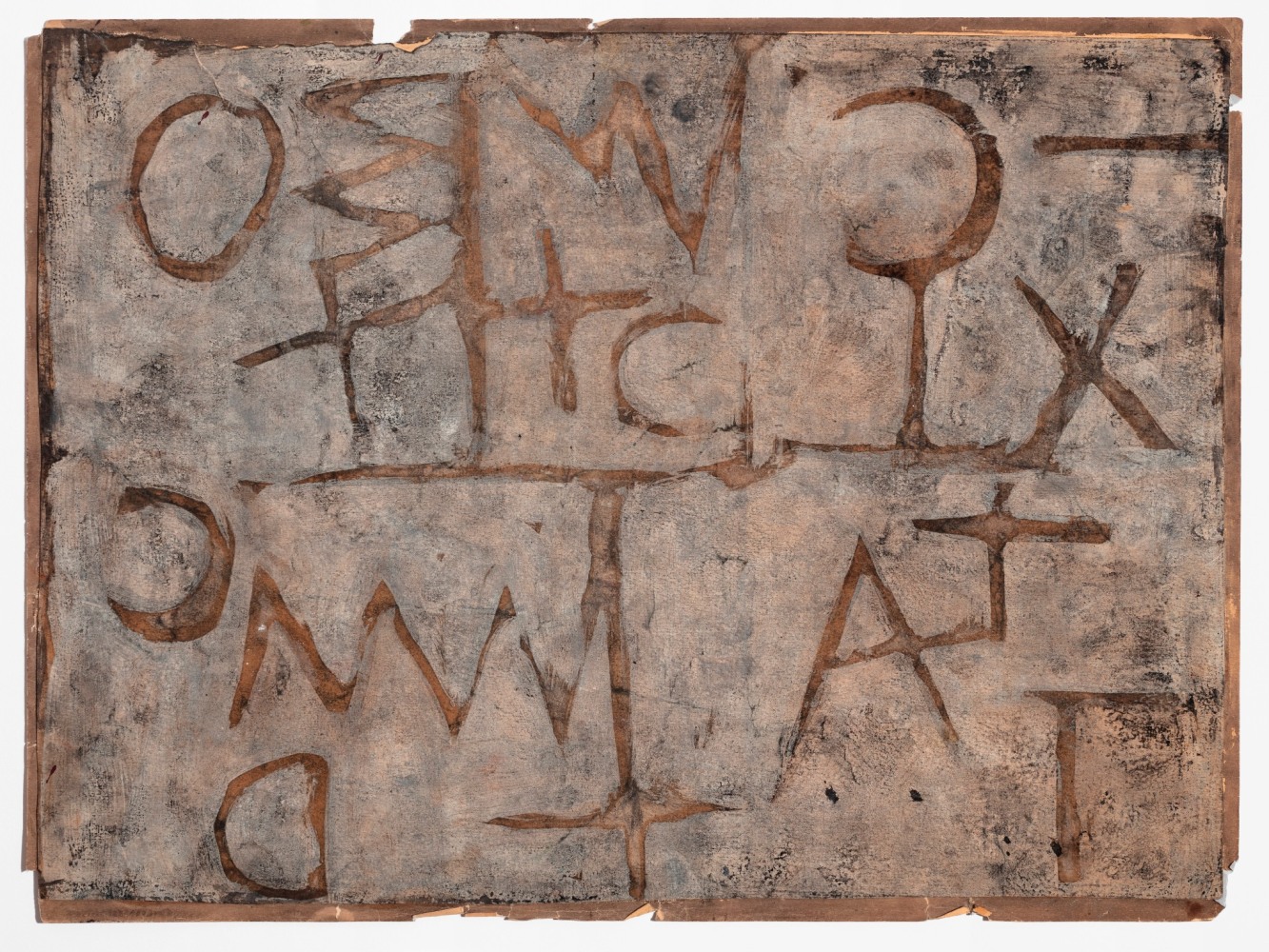
June Leaf, Sidewalk Squares, c. 1948
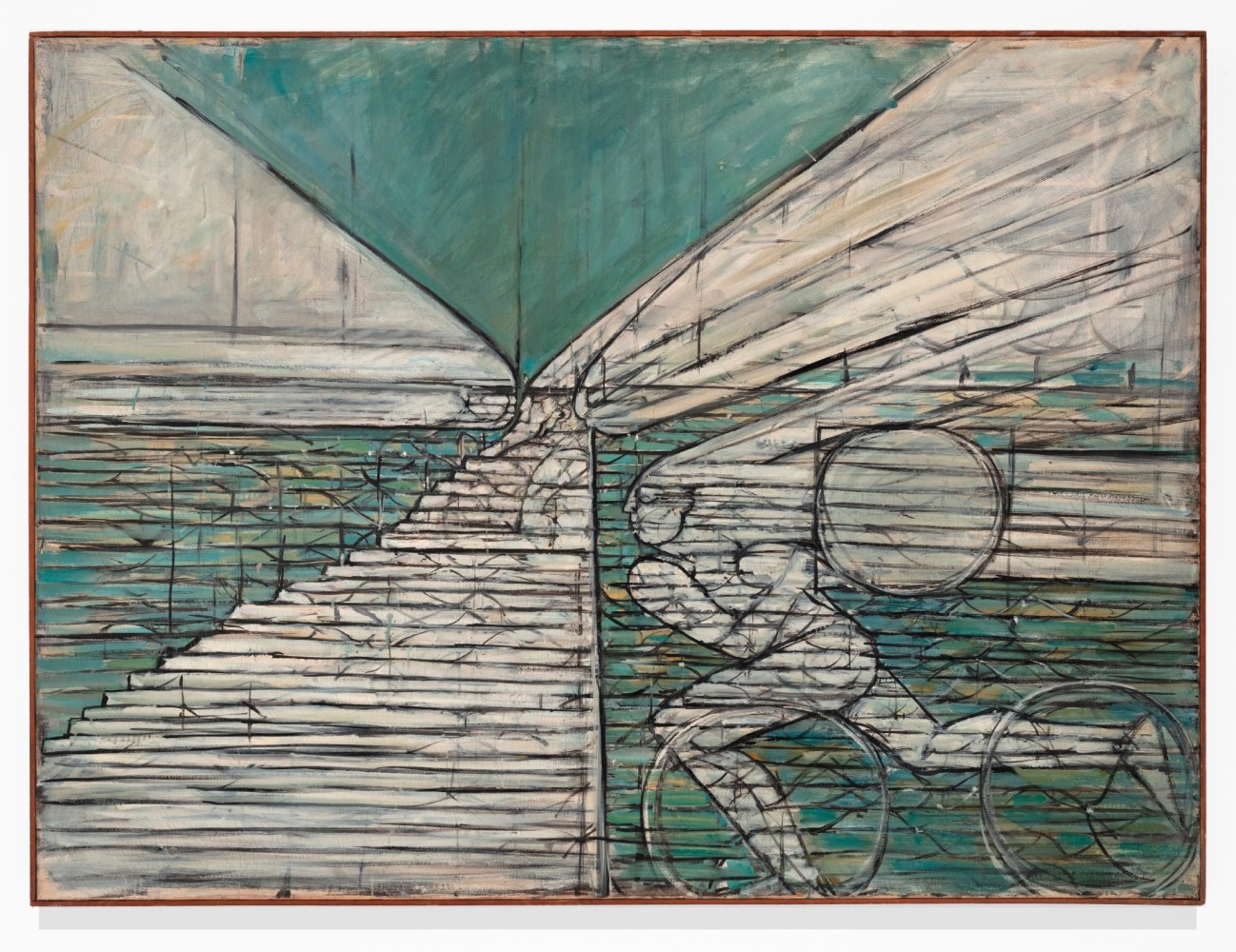
June Leaf, Zephyrs, 1955

June Leaf, Ascension of the Pig Lady, 1968

June Leaf, Studies (Jet Spray) (Study for Woman Monument), 1975
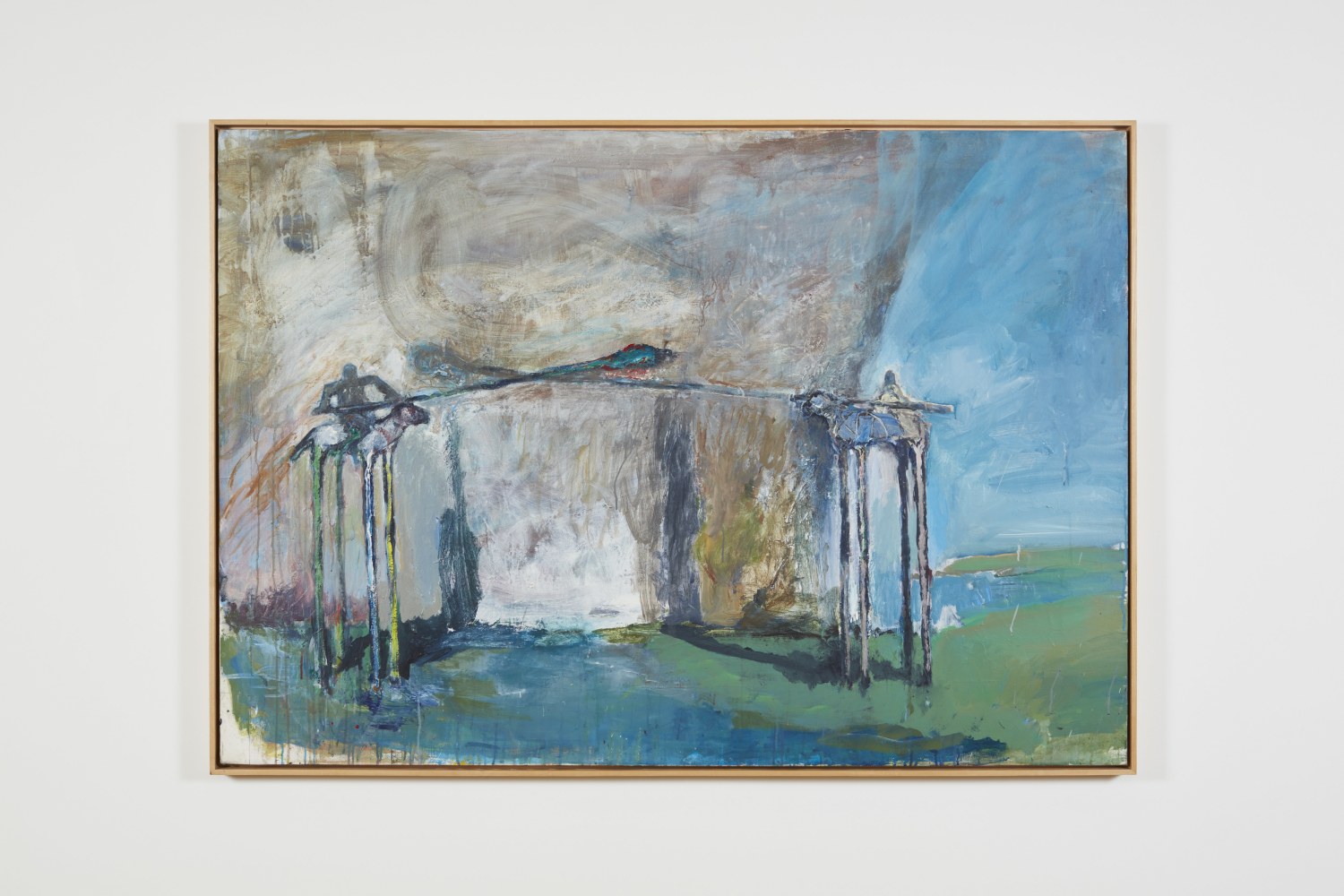
June Leaf, The Painters, c. 1975–1980
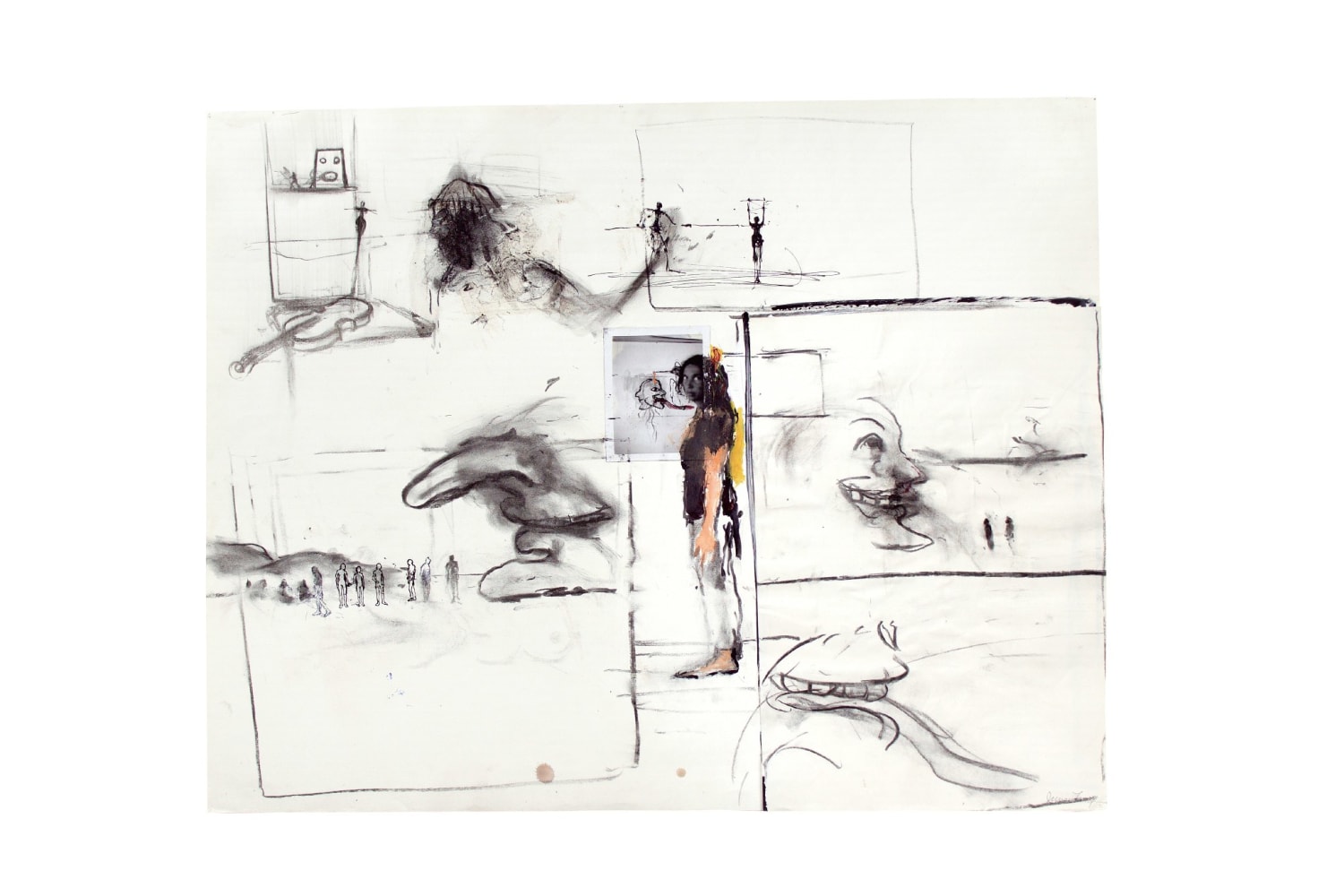
June Leaf, 'Mother Goose' Emerging Artist in Studio, 1976
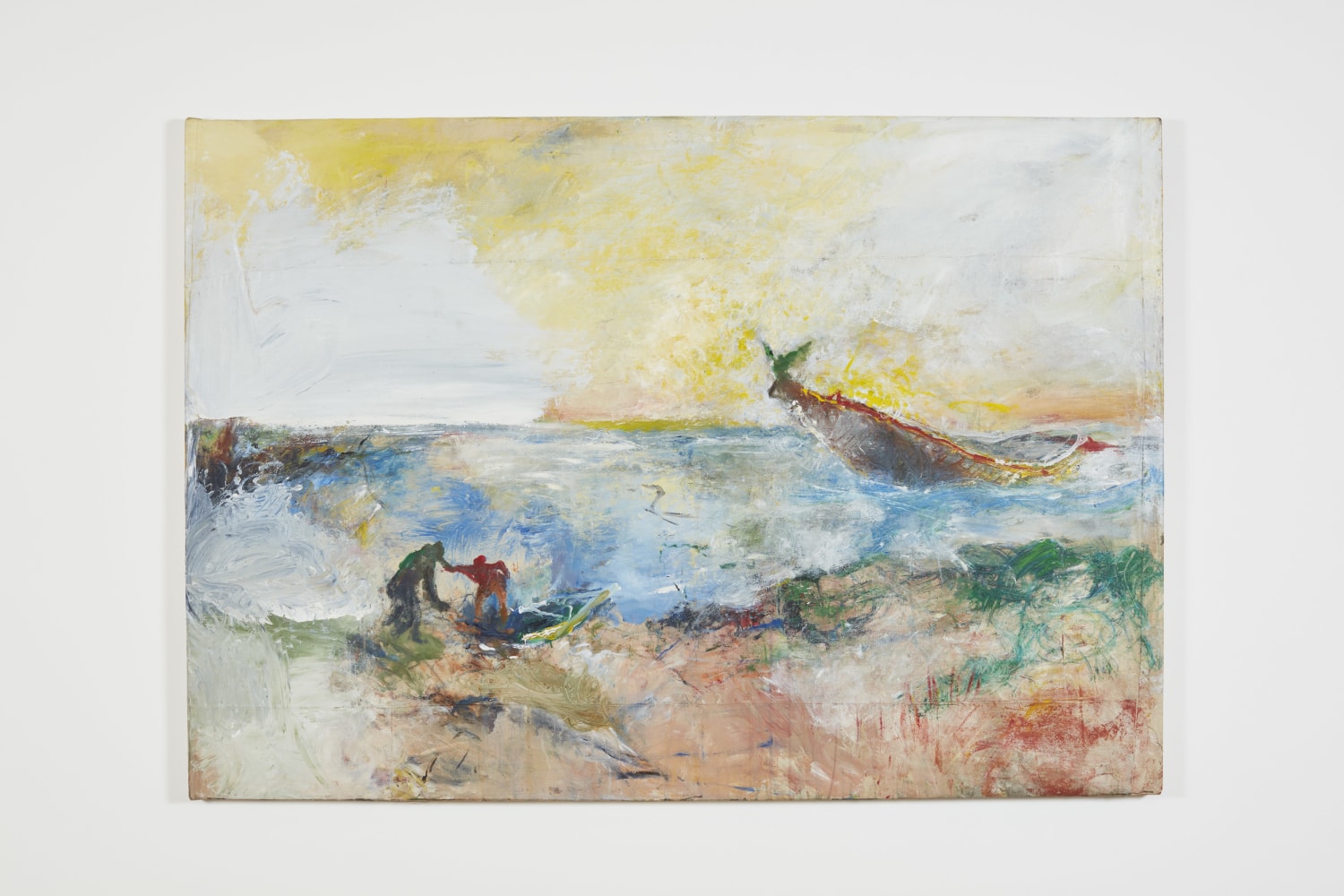
June Leaf, Untitled (Shoreline with Figures), c. 1980s
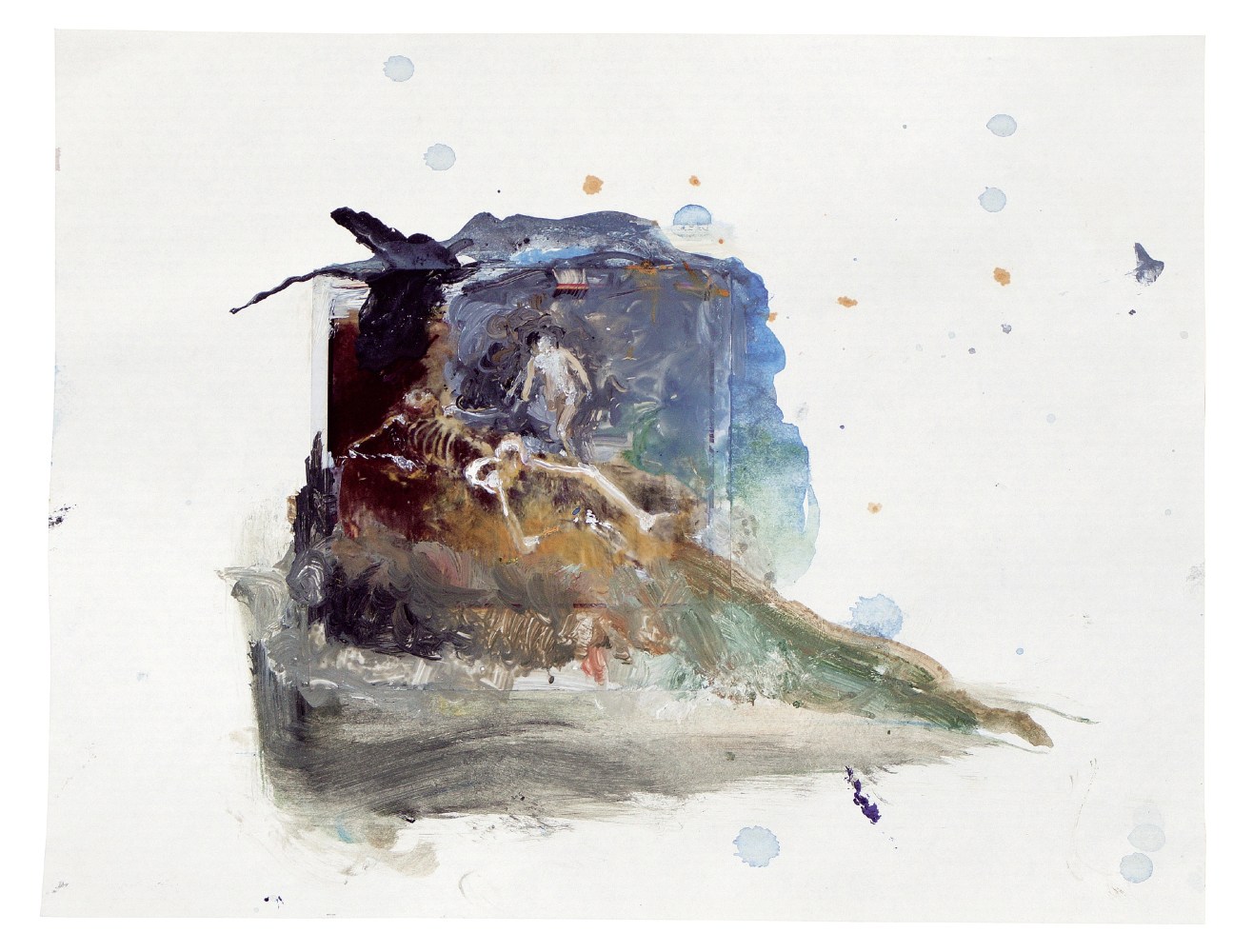
June Leaf, Untitled, 1999–2000
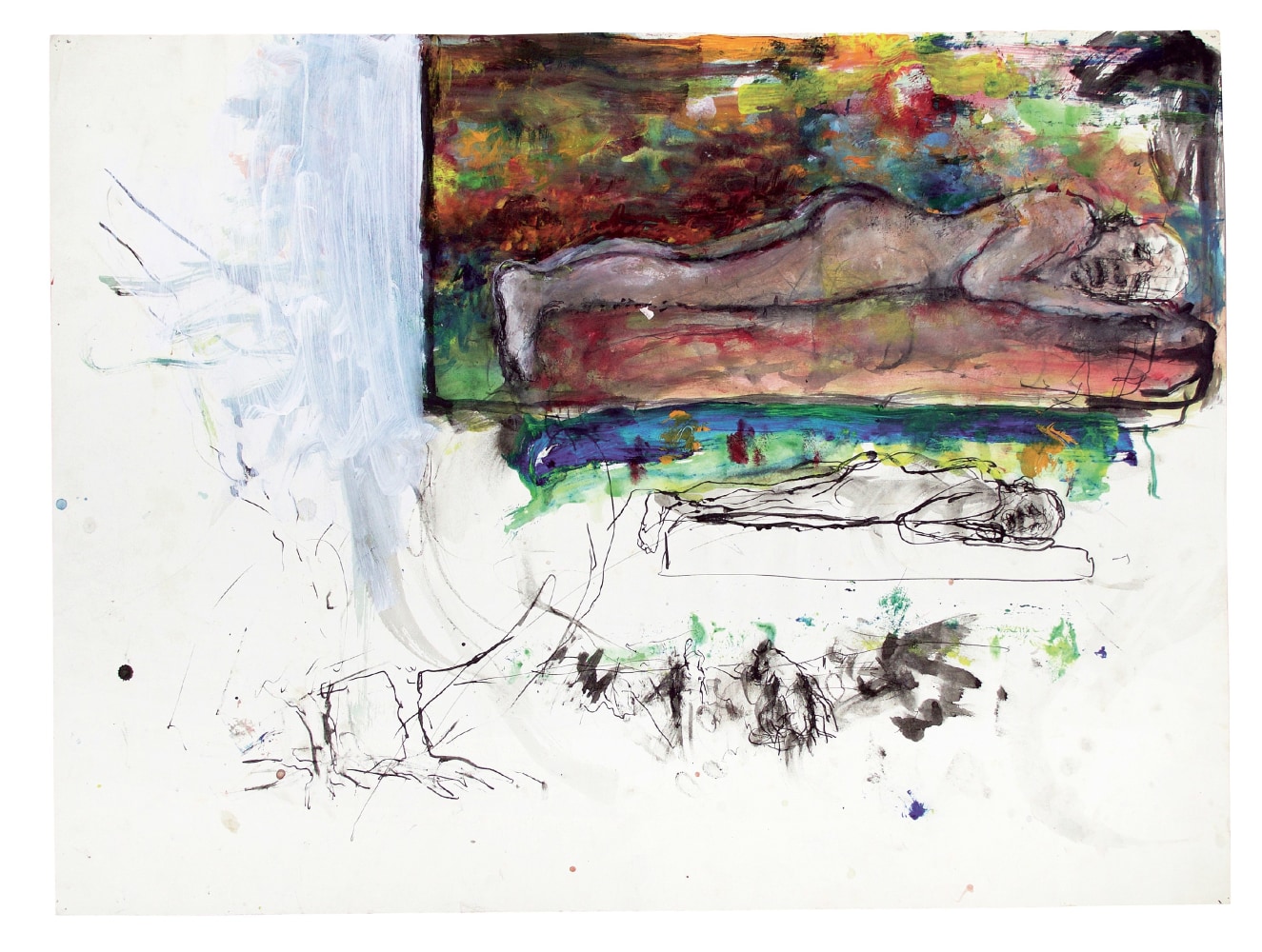
June Leaf, Man (Dreaming), c. 2001
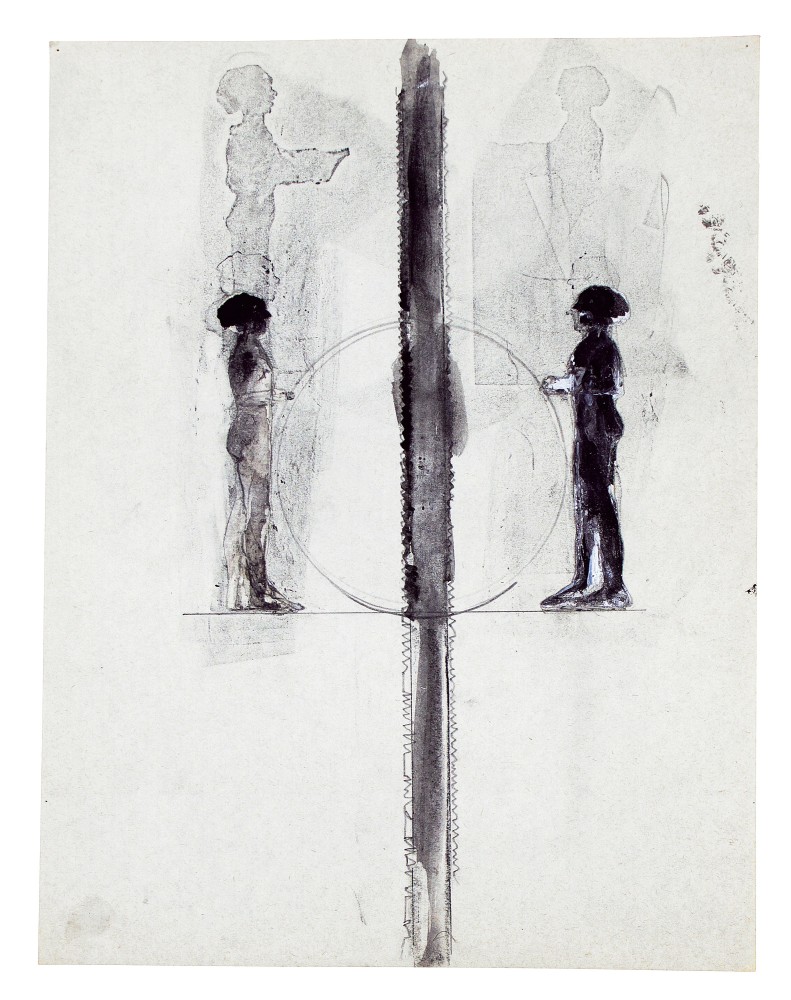
June Leaf, Two Women on a Jack, 2001
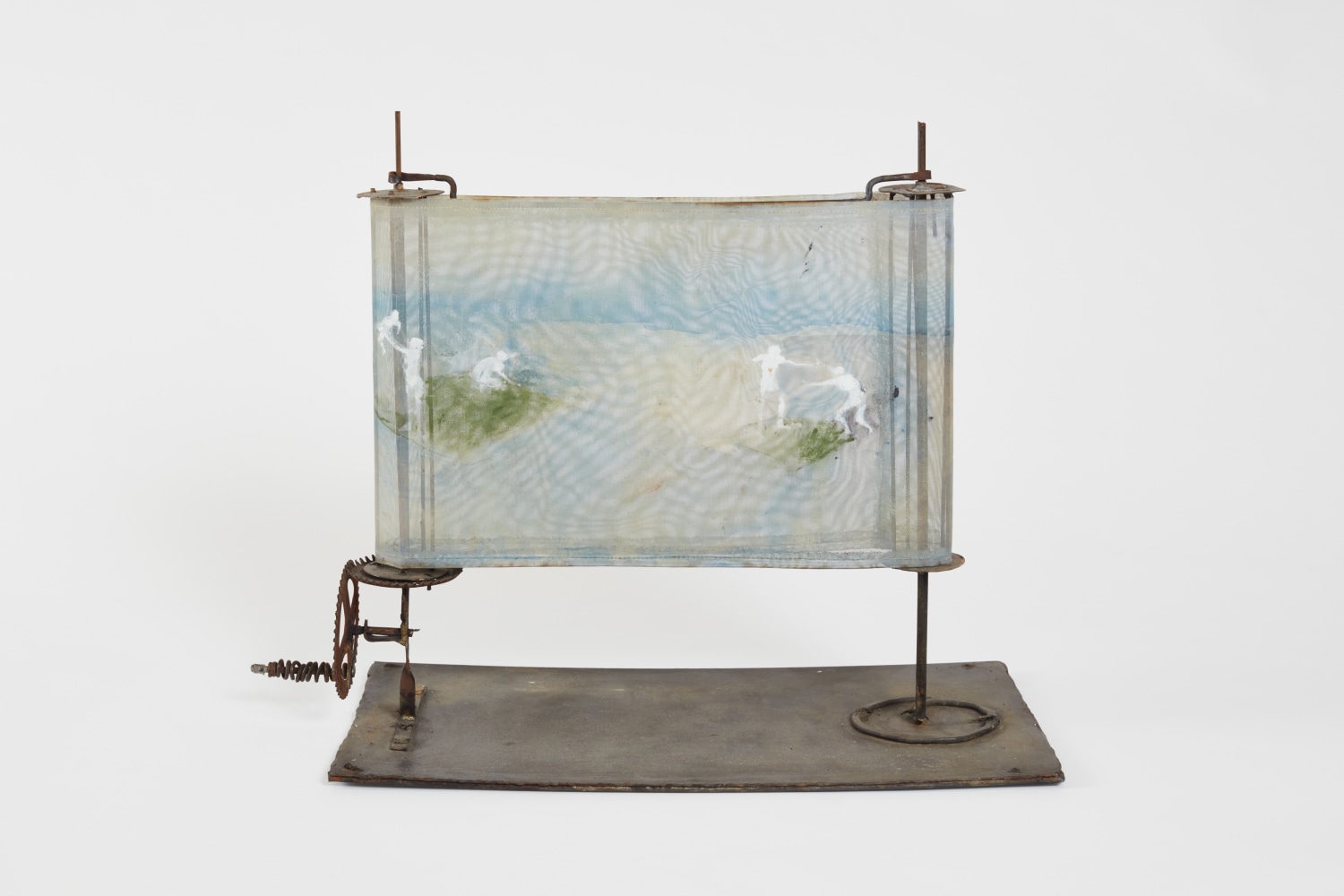
June Leaf, Scroll with Figures (Family on a Raft), 2008

June Leaf, Figure Descending Staircase, 2010–2011

June Leaf, Hobby Horse in the Ballroom, 2015

June Leaf, Shadow of Women on the Jack, 2015
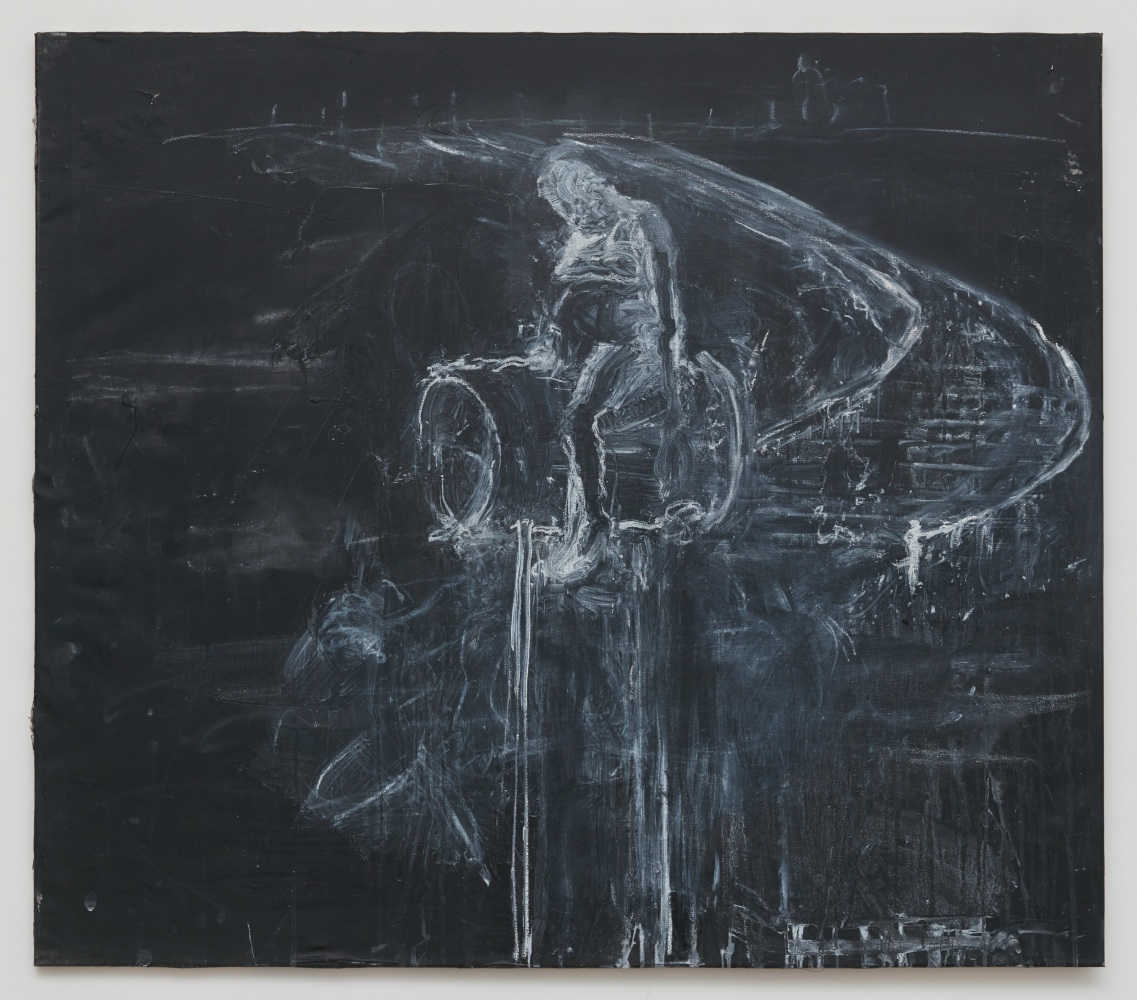
June Leaf, Woman on a Barrel, 2015–2016
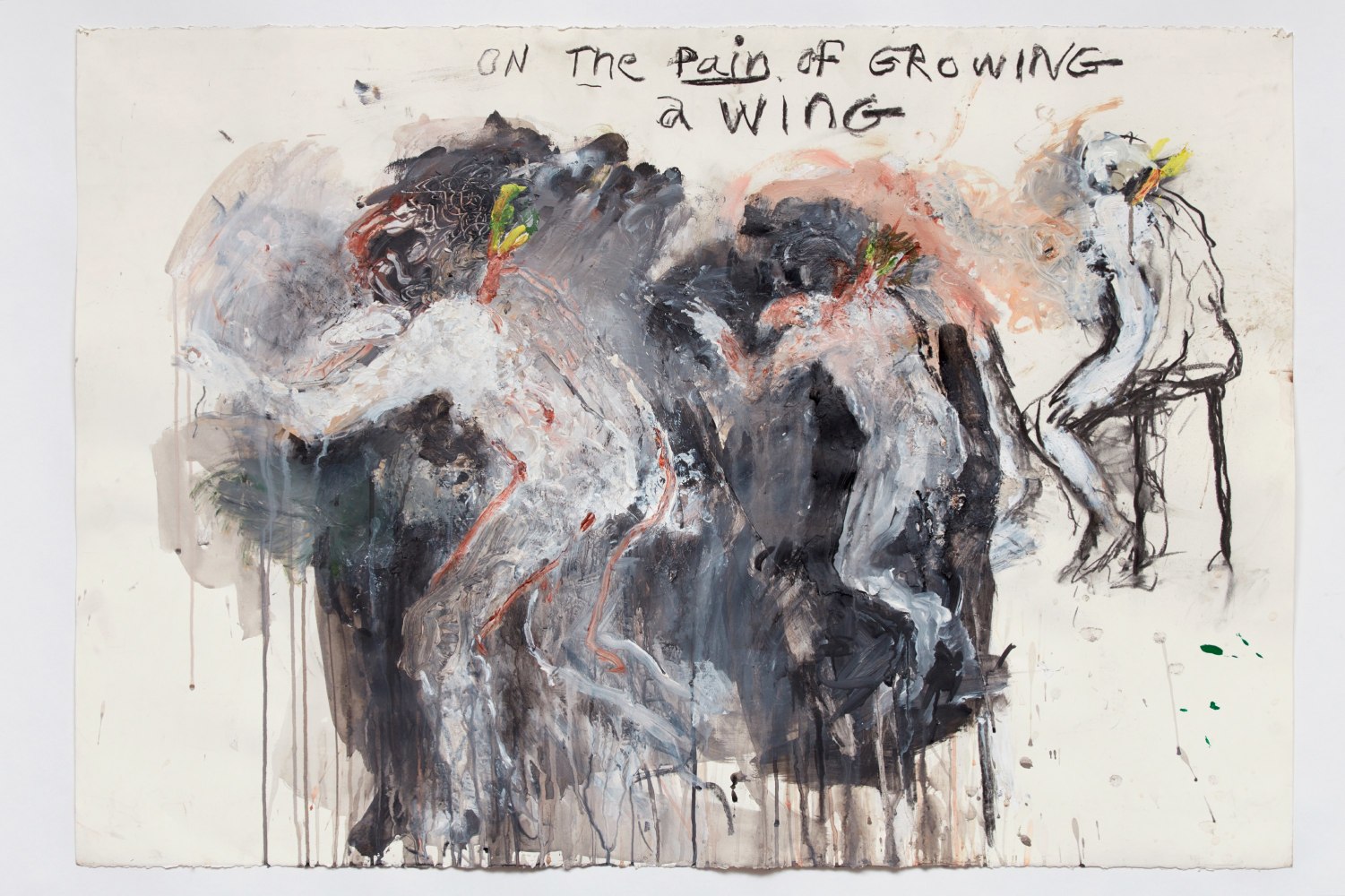
June Leaf, On the Pain of Growing a Wing, 2016
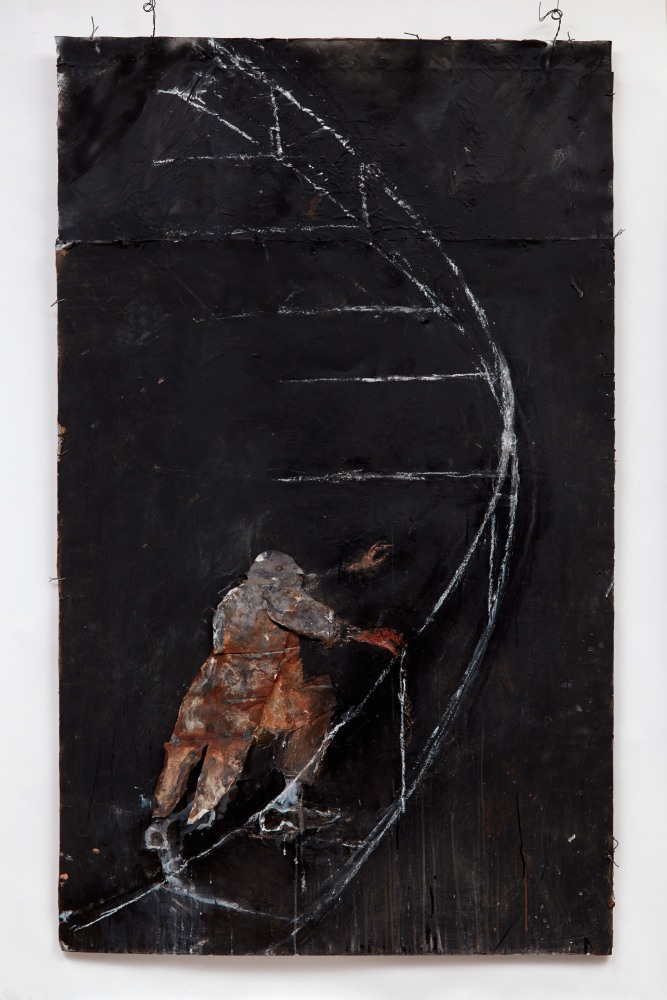
June Leaf, Man with Coattails Climbing a Staircase, 2018
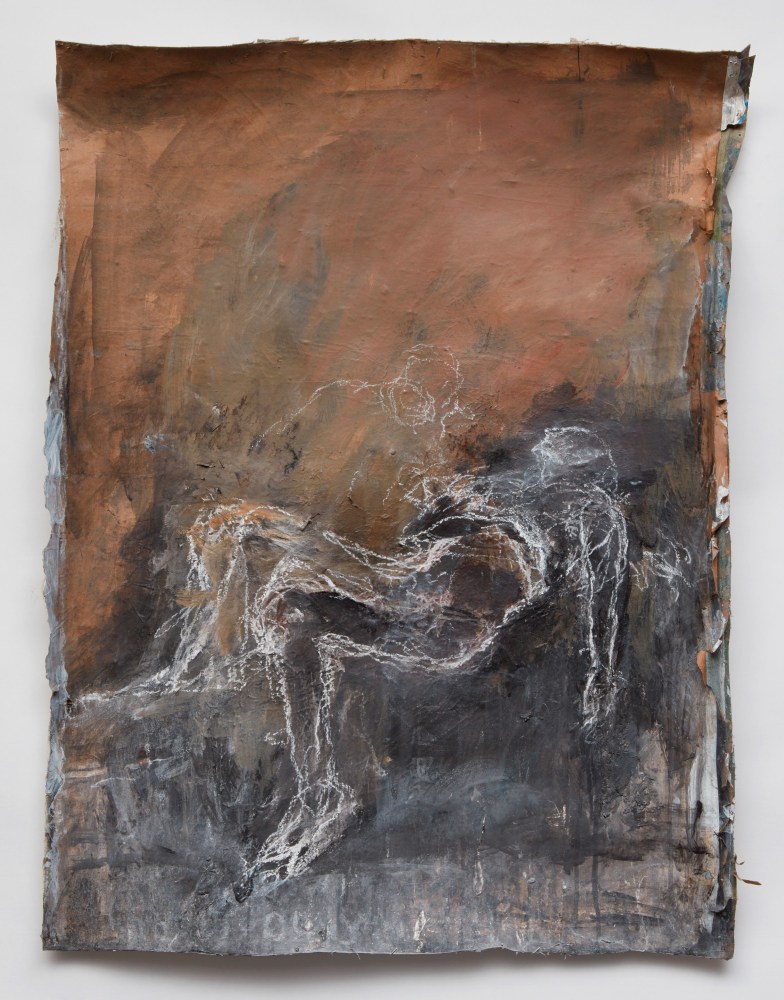
June Leaf, Man Sleeping, 2020


